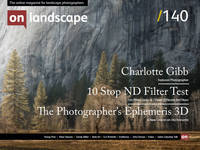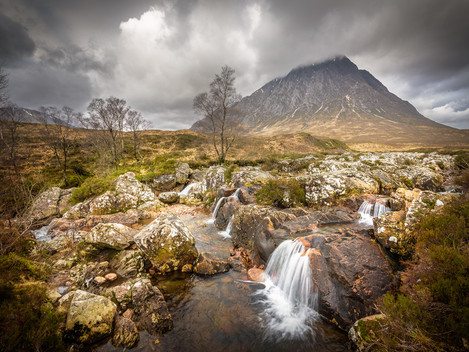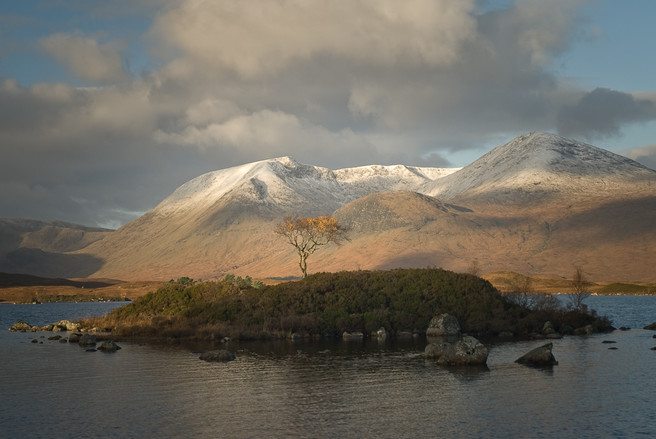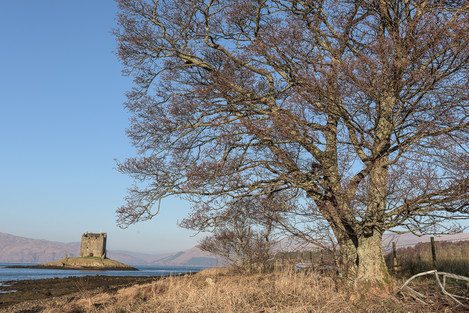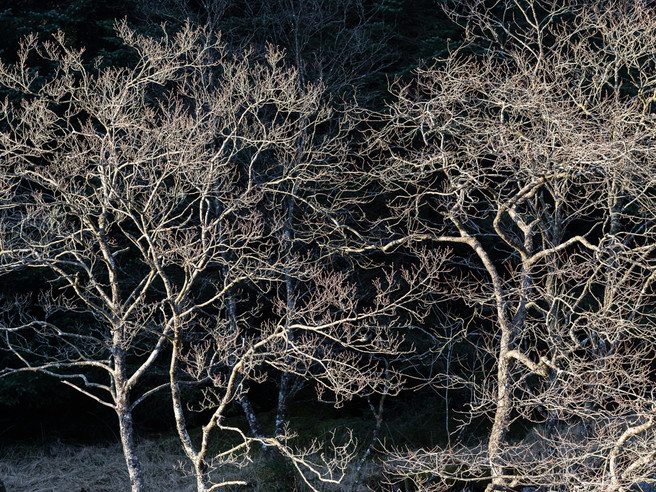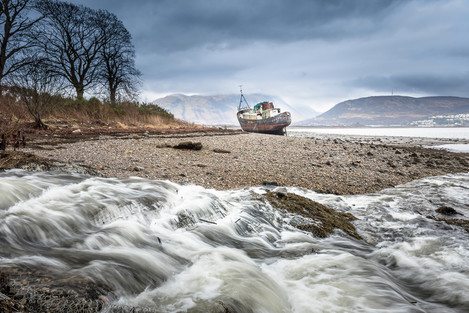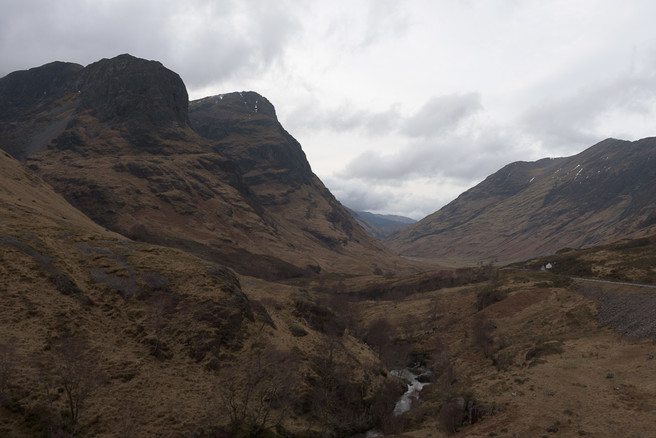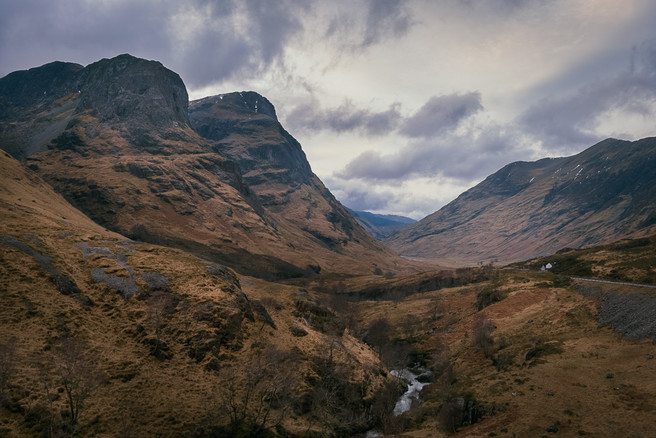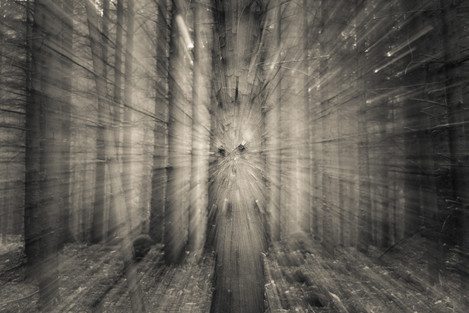Spontaneously capturing your imagination

Peter Stevens
Peter has been interested in landscape photography for many years but this became a passion with the arrival of digital. After Peter retired from work, and with more time on his hands, he joined the local Photographic Society and also took a degree in Photography, which was definitely a ‘curate’s egg’ experience. He enjoys photographing in the UK and also further afield. Peter’s images can be seen at local art fairs and occasionally in national and international exhibitions. Peter is a recent Chairman of the Harpenden Photographic Society and also a Fellow of the Royal Photographic Society.
Not the honey pots that bees buzz around, but photographic honey pots. Those iconic locations which are a must place to visit but which have already been photographed a million times. What should the enthusiast landscape photographer do? Go there, join the crowd, and take ‘the shot’, or avoid the well-trodden paths and find somewhere new?
For example, let’s consider Glencoe. This is a magical place, and should be on every landscape photographer’s ‘bucket list’. I returned there in January this year with two good friends. The three of us go away for a week twice a year and always try to visit locations with high photographic potential, ie the honey pots.
Although I’d been to Glencoe twice before I really couldn’t say I was familiar with the area and this immediately gives rise to the problem facing most enthusiast landscape photographers – how to find out where actually to go to pitch your tripod. We’d done our research beforehand by looking on the internet, google maps and just searching for photographs of Glencoe, of which there are many. We also purchased an excellent book1 which gave exhaustive and precise locations down to grid reference level. This level of research enabled us to easily and quickly pin point the many photogenic locations in the area, at least as measured by popularity, and which of course were all ‘honey pots’. All were undoubtedly beautiful in their own different ways but all had been photographed so many times before – Buachaille Etive Mor, Black Rock cottage, the Three Sisters, Loch Tulla, Glen Orchy, Castle Stalker, Glen Finnan, the list went on.
And this is the heart of the problem for the landscape photographer. Typically visiting a new location for just a week on a carefully planned and expensive trip, and unlikely to return again maybe for years, should he or she rush around ticking off these ‘honey pots’ or go ‘off-piste’ and find their own corner of the new location. Of course it’s easy to say the creative photographer should find their own little corner and brush aside the honey pots, but this is easier said than done, and would be a risky strategy. Just think what might be missed! These honey pot locations have gained their reputation because they are photogenic and worthy of a visit in their own right, if only to enjoy the experience of being there. But it does make the creation of an original photograph very difficult.
For example, Buachaille Etive Mor is a beautiful location in the heart of Glencoe and is certainly iconic. It provides many excellent compositions. Fig 1 is one such example. But this exact image has probably been taken more than any other in Glencoe, maybe even in Scotland as a whole. There are almost the physical tripod marks showing where to set up, and identical images can be found everywhere on postcards, posters and in galleries. So it scores zero for originality but it is very attractive and it would be a great pity not to have taken it. Second only to ’the Beuckle’ is the ‘island tree’ (fig 2). Actually this image was taken on a previous trip and the tree now no longer exists. It was reportedly knocked down during a storm but my belief is that it was felled by a photographer who couldn’t face seeing any more images of it.
The challenge to the photographer is to visit these iconic locations and try to add their own style or interpretation, whatever this might mean. This is difficult to do in any genre, but especially difficult for landscape. It is also very personal to the photographer. What is creative and full of meaning to one person might leave another person cold. The image of Castle Stalker (Fig 3) is a little different from most in that the composition positions the castle behind the tree, (a small step towards originality), but is still largely a record shot that has been seen many times before.
To break through taking the obvious image I always find it helpful to ask myself what it is I’m actually seeing in the scene in front of me. What is it that prompted me to get out my camera and consider making a photograph? This sounds obvious, but it’s not always so.
Fig 4 is a good example. Taken in Glen Orchy this was a beautiful location with the sun dappling through the trees, and with perfect reflections in the river. I took several images but none really worked. When I stopped to ask what it was that that I found attractive it was nothing to do with the river and the obvious reflections, but all to do with the mass of lines created by the side lighting on the branches. This is one of my favourites from the trip. Similarly the attraction of fig 5 taken just outside Fort William was when I realised the contrast between the flowing water and the beached boat, which seemed to be telling a story of some kind.
Sometimes an image needs a little help from post processing to give it a personal touch, more than the usual tweaking of the exposure, tone, clarity or sharpening sliders. This might be due to the poor lighting in the original scene or maybe the vision for the image is more than that which the camera recorded.
Fig 6 is the RAW image of the ‘Three Sisters’ in Glencoe. The tonal range shown just about reflects the conditions of the day, with soft overcast lighting allowing the camera to record plenty of detail, whilst not capturing the potential drama of the scene.
Fig 7 shows the image after post processing in Lightroom and Photoshop. The drama has been created in the digital darkroom; it was not in the original scene. It is my personal drama (with a little creative help from a friend). This stage of the overall workflow is fairly new to me and I am seeing it as another step in the creative process, and one that is a whole new learning curve. Not just in terms of Photoshop technique but more in terms of knowing what you want to do with the image. It is another creative stage – the eye sees, the camera records, but Photoshop creates?
And then finally you can go entirely off piste and create an image that is completely unrelated to the location, something that spontaneously captured your imagination and just happen. Fig 8 is just such an example.
So what should the enthusiast photographer do with honey pots? My answer is to consume and enjoy them to the full, but also try to find something else to go with them on the side.
(1) ‘The Photographer’s Guide to Scotland’ by E Bowness

